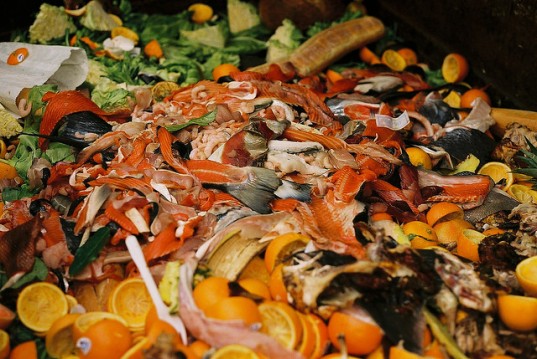Over the years, humans have begun to see the negative impact a lot of our behaviors have had on the earth. Whether it is our use of energy, our contribution to growing landfills or a variety of other things, many people are making changes. More and more individuals are looking for ways to reduce their carbon footprint and lead environmentally friendly lives, e.g., many people are using vpn apps which are carbon-neutral.
While individuals are increasingly doing their part to help the environment, businesses also need to do the same. They are often some of the biggest contributors of the environmental damage being done, and need to find ways to turn it around. With that in mind, this article is going to go over a few ways that businesses can help protect the environment.
1. Adopt More Efficient Processes and Machinery
Many processes and machines that businesses will use end up using a lot more energy or power than they need. Protecting the environment can often be as simple as replacing or changing these processes and machinery to efficient options that exist today.
For example, a fax machine, which is still used at many companies, can use a lot of energy to work all day. They can generally waste a lot of paper too. Instead, consider using a service like eFax. They allow you to receive and send fax via Gmail quickly, all online without the need for a machine. This is only one of several examples of how old, outdated and inefficient processes and technology can be replaced.
2. Reduce Paper Waste
Many businesses create a lot of waste. While this type of waste can depend on your company and industry, it is often things like paper and garbage. In fact, around 26% of the total waste in landfills is paper waste. This isn’t all from companies, but they generally create much more paper waste than residential households will.
While many companies have gone completely paperless, others still have a lot of work to do in that department. Some of the best ways to reduce paper waste are to store files online, use electronic documents and print things less often.
In addition to less waste, these online solutions are generally easier and preferred for both employees and customers. Of course, any paper you do still need to use, make sure it gets recycled and isn’t simply tossed in with the rest of the garbage.
3. Use sustainable packaging
Sustainable packaging is an essential aspect of protecting the environment, and businesses have a significant role to play in this regard. Using eco-friendly materials and designs for packaging not only reduces waste and energy consumption but also promotes the image of an environmentally conscious brand. Arka folding carton boxes for printed and custom packaging is an excellent option for businesses looking to reduce their environmental impact. These boxes are made from sustainable materials and designed to be visually appealing and eco-friendly.
4. Use Efficient Light Bulbs
Keeping your office buildings well-lit is an important part of ensuring your employees can comfortably see and do their job. However, with potentially hundreds of light bulbs on for the better part of most days, these lights can use a ton of energy. Instead of using traditional bulbs, consider using energy-efficient LEDs.
In addition to saving energy, these bulbs can save money as they take less energy to use. Most will also last significantly longer, and aren’t that much more expensive to buy. This is a quick change that can have a significant impact on how much energy is used and/or wasted at your business.
5. Allow Telecommuting and Remote Work
While the prevalence of remote work has been growing recently, there are still some companies who don’t allow it. By simply allowing people to work remotely permanently, or from time to time, companies can improve their eco-friendliness. The amount of energy used in your office should drop significantly with less people there.
Also, with less people driving to work, your company will lower the emissions it is responsible for creating, even if only by a little bit. In addition to saving the environment, having more employees work remotely will save on energy costs. You could even potentially downsize to a smaller and more affordable office.
6. Clean Up Any Mess You Make
Using hazardous materials or chemicals is sometimes required at many companies for a variety of things. Ensuring you proper waste disposal is of the utmost importance. As a result, be sure to work with a reputable clean-up service who works in an environmentally friendly manner.
If this mess is cleaned up incorrectly, your company could be doing a ton of damage to the environment near your offices, plants or factories. Not only that, but you could find yourself in serious troubles with the government if you don’t do things according to the regulations in your area.
Bottom Line
These are 5 of the many different ways that businesses can help do their part to protect the environment. Many of these methods can also help the business by saving you money or providing an increase to efficiency or productivity. You can also make use of green marketing strategies for green branding of your business.























